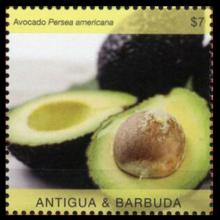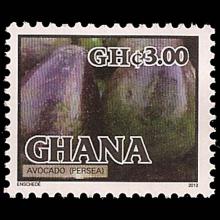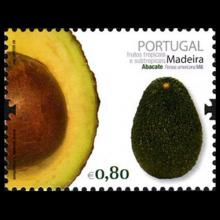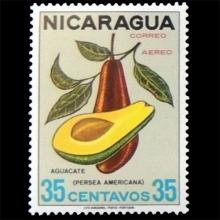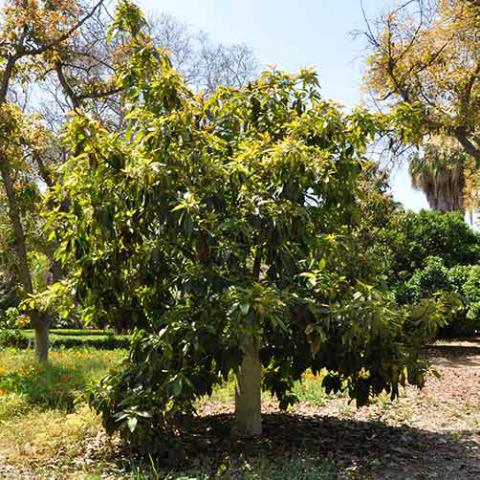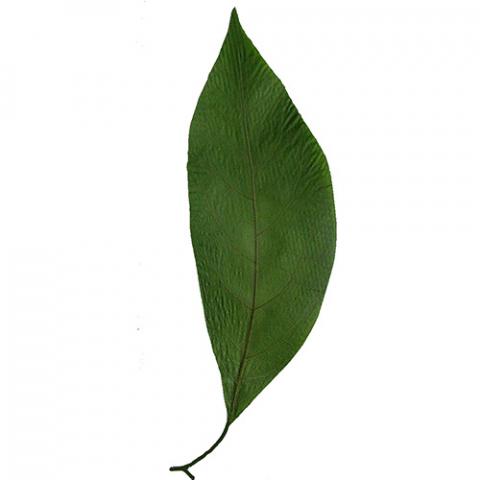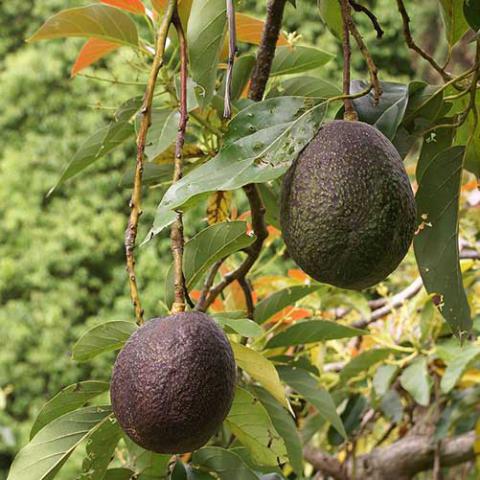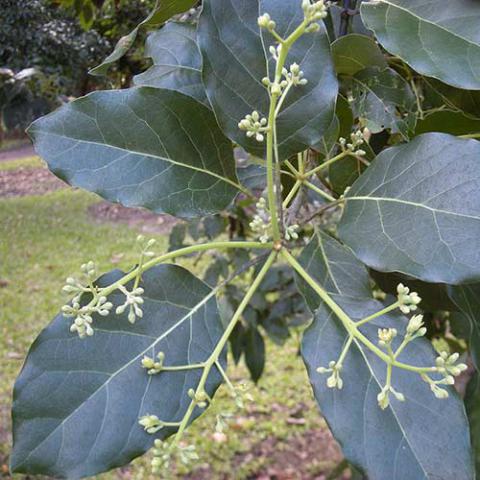NAME(S)
TAXONOMY
PLANTAE ID
THERAPEUTIC
Antigua and Barbuda
Issued:
Stamp:
Persea americana
Ghana
Issued:
Stamp:
Persea americana
Madiera Islands
Issued:
Stamp:
Persea americana
Nicaragua
Issued:
Stamp:
Persea americana
Antigua and Barbuda
Issued:
Stamp:
Persea americana
Ghana
Issued:
Stamp:
Persea americana
Madiera Islands
Issued:
Stamp:
Persea americana
Nicaragua
Issued:
Stamp:
Persea americana
Antigua and Barbuda
Issued:
Stamp:
Persea americana
Ghana
Issued:
Stamp:
Persea americana
Madiera Islands
Issued:
Stamp:
Persea americana
Nicaragua
Issued:
Stamp:
Persea americana
Persea americana (Avocado)
The avocado has long been used medicinally, with most parts of the plant being employed. There has been some research into the medicinal properties of the plant that support traditional uses. Research has shown that there is anti-cancerous activity in extracts of the leaves and fresh shoots. Leaf extracts have shown antihypertensive activity. The leaf and seed contain cyanide. The oil from the seeds contains steroids that are used for pharmaceuticals. The seed extract has an erythroagglutinating property. The fruit contains reductase and transferase enzymes. The leaves are astringent, carminative, antitussive, emmenagogue and hypotensive. An oral infusion of the leaves is used to treat dysentery. It is also used for relieving coughs, lowering blood pressure, treating liver obstructions, promoting menstrual flow and for clearing high uric acid levels in the body which could lead to gout. Combined with Tripogandra serrulata, they are used as a remedy for biliousness. The bark is astringent, carminative, antitussive and emmenagogue. It is used in the treatment of diarrhoea. The fruit pulp is emollient, carminative and helps lower blood cholesterol levels. The mashed fruit pulp is a nourishing food that is considered to have aphrodisiac properties. From unripe fruit used to induce abortion. Used externally, the pulp is cooling and soothing to the skin - it is applied to suppurating wounds and to the scalp to promote hair growth. The skin of the fruit has anthelmintic properties and is used traditionally for expelling worms. The seed is ground and made into an ointment used to treat various skin afflictions, such as scabies, purulent wounds, lesions of the scalp and dandruff. Oil extracted from the seeds has astringent properties.
Plants For A Future can not take any responsibility for any adverse effects from the use of plants. Always seek advice from a professional before using a plant medicinally.
Reference: pfaf.org
Genus species (Plantae): Persea americana
The avocado (Persea americana), a tree likely originating from southcentral Mexico, is classified as a member of the flowering plant family Lauraceae. The fruit of the plant, also called an avocado (or avocado pear or alligator pear), is botanically a large berry containing a single large seed.
Commercially valuable with production increasing worldwide over 2018-26 at 10% per year, avocados are cultivated in tropical and Mediterranean climates of many countries. The fruit of domestic varieties has a buttery flesh when ripe. Depending on the variety, avocados have green, brown, purplish, or black skin when ripe, and may be pear-shaped, egg-shaped, or spherical. Commercially, the fruits are ripened after harvesting.
Avocado trees are partially self-pollinating, and are often propagated through grafting to maintain predictable fruit quality and quantity. In 2019, Mexico was the world's leading producer of avocados, supplying 32% of the global total.
Botany
Persea americana is a tree that grows to 20 m (66 ft), with alternately arranged leaves 12–25 cm (5–10 in) long. Panicles of flowers with deciduous bracts arise from new growth or the axils of leaves. The flowers are inconspicuous, greenish-yellow, 5–10 mm (3⁄16–3⁄8 in) wide.
The species is variable because of selection pressure by humans to produce larger, fleshier fruits with a thinner exocarp. The avocado fruit is a climacteric, single-seeded berry, due to the imperceptible endocarp covering the seed, rather than a drupe. The pear-shaped fruit is usually 7–20 cm (3–8 in) long, weighs between 100 and 1,000 g (3 1⁄2 and 35 1⁄2 oz), and has a large central seed, 5–6.4 cm (2–2 1⁄2 in) long.
History
Persea americana, or the avocado, possibly originated in the Tehuacan Valley in the state of Puebla, Mexico, although fossil evidence suggests similar species were much more widespread millions of years ago. However, there is evidence for three possible separate domestications of the avocado, resulting in the currently recognized Mexican (aoacatl), Guatemalan (quilaoacatl), and West Indian (tlacacolaocatl) landraces. The Mexican and Guatemalan landraces originated in the highlands of those countries, while the West Indian landrace is a lowland variety that ranges from Guatemala, Costa Rica, Colombia, Ecuador to Peru, achieving a wide range through human agency before the arrival of the Europeans. The three separate landraces were most likely to have already intermingled in pre-Columbian America and were described in the Florentine Codex.
The earliest residents were living in temporary camps in an ancient wetland eating avocados, chilies, mollusks, sharks, birds, and sea lions. The oldest discovery of an avocado pit comes from Coxcatlan Cave, dating from around 9,000 to 10,000 years ago. Other caves in the Tehuacan Valley from around the same time period also show early evidence for the presence and consumption of avocado. There is evidence for avocado use at Norte Chico civilization sites in Peru by at least 3,200 years ago and at Caballo Muerto in Peru from around 3,800 to 4,500 years ago.
The native, undomesticated variety is known as a criollo, and is small, with dark black skin, and contains a large seed. It probably coevolved with extinct megafauna. In 1982, evolutionary biologist Daniel H. Janzen concluded that the avocado is an example of an 'evolutionary anachronism', a fruit adapted for ecological relationship with now-extinct large mammals (such as giant ground sloths or gomphotheres). Most large fleshy fruits serve the function of seed dispersal, accomplished by their consumption by large animals. There are some reasons to think that the fruit, with its mildly toxic pit, may have coevolved with Pleistocene megafauna to be swallowed whole and excreted in their dung, ready to sprout. No extant native animal is large enough to effectively disperse avocado seeds in this fashion.
The avocado tree also has a long history of cultivation in Central and South America, likely beginning as early as 5,000 BC. A water jar shaped like an avocado, dating to AD 900, was discovered in the pre-Incan city of Chan Chan.
The earliest known written account of the avocado in Europe is that of Martín Fernández de Enciso (circa 1470–1528) in 1519 in his book, Suma De Geographia Que Trata De Todas Las Partidas Y Provincias Del Mundo. The first detailed account that unequivocally describes the avocado was given by Gonzalo Fernández de Oviedo y Valdés in his work Sumario de la natural historia de las Indias in 1526. The first written record in English of the use of the word 'avocado' was by Hans Sloane, who coined the term, in a 1696 index of Jamaican plants. The plant was introduced to Spain in 1601, Indonesia around 1750, Mauritius in 1780, Brazil in 1809, the United States mainland in 1825, South Africa and Australia in the late 19th century, and the Ottoman Empire in 1908. In the United States, the avocado was introduced to Florida and Hawaii in 1833 and in California in 1856.Before 1915, the avocado was commonly referred to in California as ahuacate and in Florida as alligator pear. In 1915, the California Avocado Association introduced the then-innovative term avocado to refer to the plant.
Reference: Wikipedia

